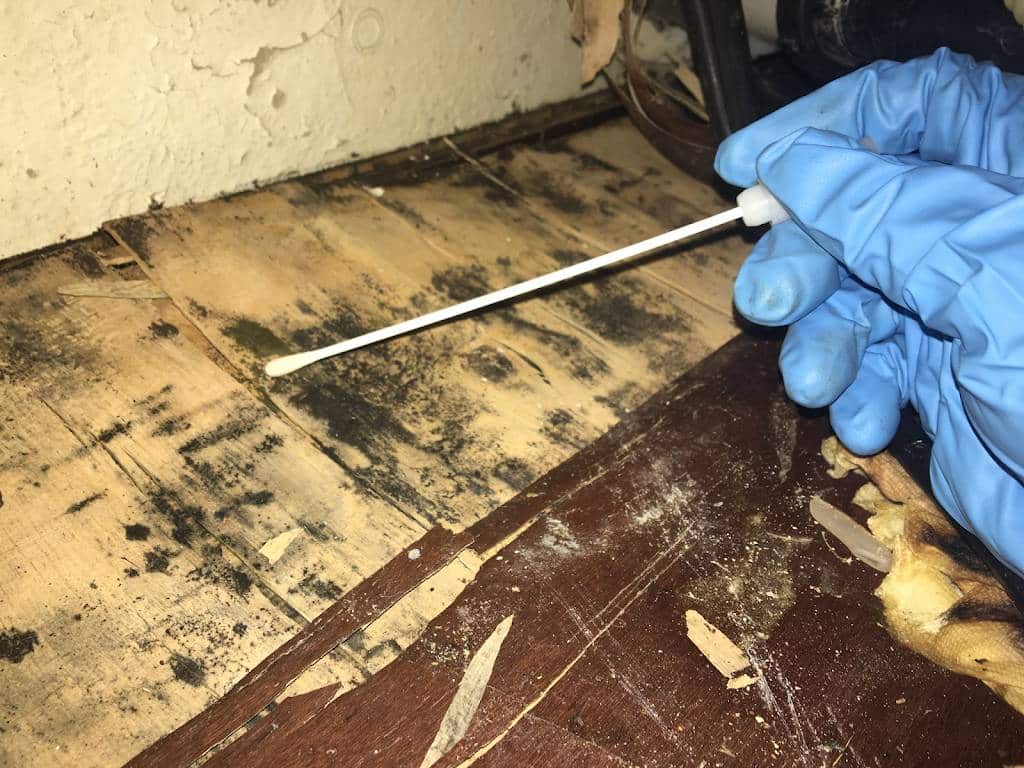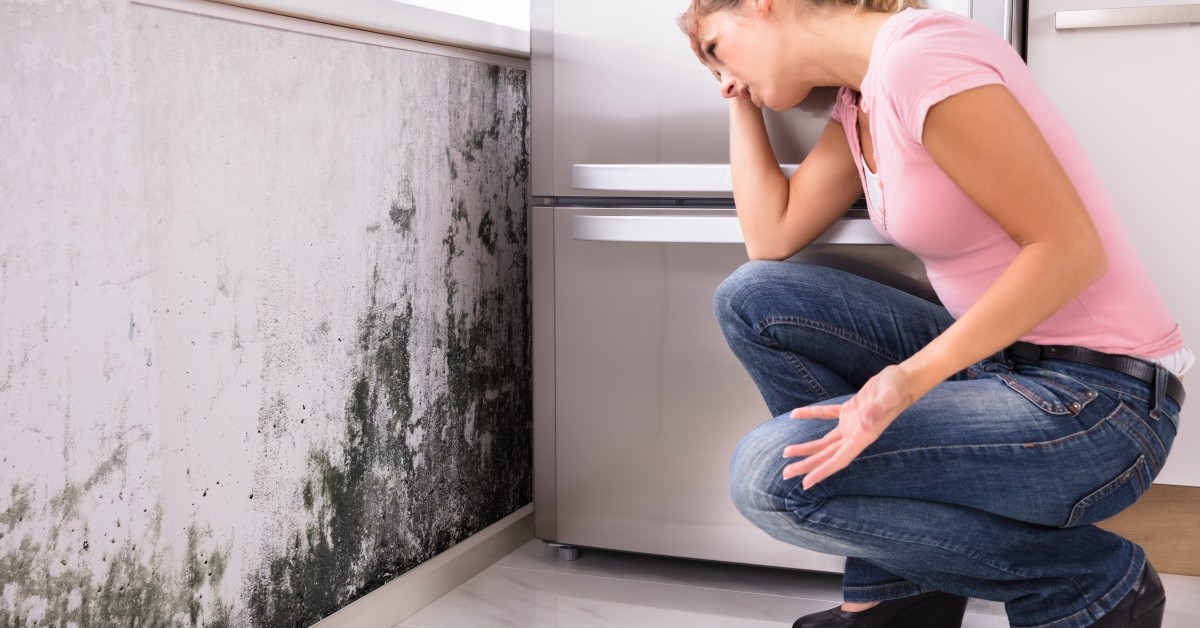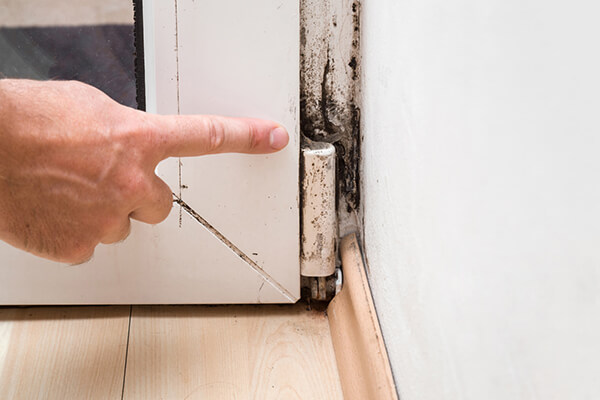Testing Air Quality After Mold Remediation
Your Ultimate Overview to Article Mold And Mildew Removal Strategies
In the aftermath of mold and mildew invasion, understanding just how to properly remove the mold and stop its reoccurrence is extremely important for maintaining a healthy and balanced interior atmosphere. From selecting the best cleaning and sanitizing techniques to applying techniques for long-lasting mold prevention, each step in the remediation journey plays a crucial function in making certain a successful result.
Comprehending Post-Mold Removal Refine
After finishing the mold and mildew remediation process, it is important to recognize the post-mold removal methods that are needed to ensure a detailed and efficient cleanup. As soon as the mold has actually been eliminated, the next action entails cleansing and decontaminating the influenced locations to avoid any regrowth of mold and mildew. This consists of using specialized cleansing representatives to wipe down surfaces and kill any kind of remaining mold and mildew spores. It is important to dry the area completely to inhibit the development of mold in the future (Post Remediation Inspection near me). Proper air flow and dehumidification can help in this procedure.
Furthermore, performing a last assessment post-remediation is vital to make certain that all mold and mildew has actually been efficiently removed. If the examination discloses any type of lingering mold and mildew, extra removal might be essential.
Effective Cleansing and Disinfecting Approaches

Protecting Against Future Mold Growth

Value of Appropriate Ventilation
Appropriate ventilation plays a crucial function in avoiding dampness accumulation, a vital variable in mold and mildew development within interior atmospheres. Effective air flow systems help get rid of excess humidity from the air, reducing the chances of mold spores locating the moisture they need to spread out and sprout. Without sufficient ventilation, interior spaces can come to be a breeding ground for mold and mildew, causing potential wellness risks and architectural damage.
By making certain correct air flow, air flow systems can additionally assist in drying moist locations quicker after water damage or flooding cases, further deterring mold development. Post Remediation verification. In rooms like restrooms, kitchen areas, cellars, and attic rooms where dampness levels have a tendency to be greater, installing and keeping effective air flow systems is critical in stopping mold and mildew problems

Tracking and Upkeep Tips
Offered the vital role that correct air flow plays in preventing mold and mildew growth, it is necessary to establish effective surveillance and upkeep suggestions to guarantee the ongoing performance of ventilation systems. Routine examinations of air flow systems should be performed to inspect for any kind of indications of clogs, leaks, or breakdowns that could restrain correct airflow. Tracking humidity levels within the building is likewise critical, as high moisture can add to mold and mildew development. Installing a hygrometer can aid top article track humidity degrees and sharp home owners to any type of spikes that might call for attention. Furthermore, making sure that air filters are frequently cleansed or changed is crucial for preserving the effectiveness of the air flow system. Implementing a routine for routine upkeep jobs, such as duct cleaning and HVAC system assessments, can help stop issues before they rise. By staying conscientious and proactive to the problem of ventilation systems, homeowner can successfully mitigate the danger of mold and mildew regrowth and maintain a healthy indoor atmosphere.
Conclusion
Finally, post-mold removal techniques are necessary for ensuring a safe and tidy environment. Recognizing the process, implementing reliable cleansing and disinfecting approaches, avoiding future mold development, keeping correct ventilation, and routine tracking are all critical actions in the removal process. By adhering to these standards, you can effectively eliminate mold and stop its return, promoting a healthy living or working area for all owners.
In the aftermath of mold problem, recognizing just how to successfully remove the mold and mildew and prevent its reoccurrence is extremely important for keeping a healthy and balanced interior atmosphere. When the mold has actually been eliminated, learn the facts here now the following action involves cleansing and sanitizing the impacted locations to stop any kind of regrowth of mold and mildew - what to do after mold remediation. After eliminating visible mold growth, it is essential to cleanse all surfaces in the afflicted location to get rid of any kind of continuing to be mold and mildew spores. To better boost mold avoidance measures, it is necessary to deal with underlying concerns that originally led to mold and mildew development.Given the essential function that correct ventilation plays in protecting against mold growth, it is imperative to establish effective surveillance and upkeep suggestions to make certain the continued performance of air flow systems